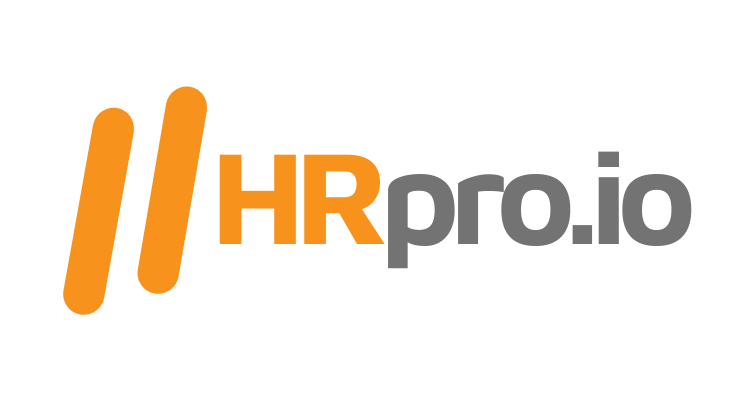In the dynamic landscape of California’s entertainment industry, managing healthcare costs while maintaining a competitive benefits package is a critical challenge for HR leaders. With the ever-increasing pressure to deliver value to employees while keeping expenses in check, innovative cost-saving strategies are essential. Today, we delve into three cutting-edge solutions tailored specifically for the entertainment sector, offering a blend of financial prudence and employee satisfaction.
- Level-Funding with a PBM Carve-Out: In an era of rising healthcare costs, level-funding with a Pharmacy Benefit Manager (PBM) carve-out stands out as a strategic approach to balancing financial predictability and savings. This method allows companies to enjoy the advantages of self-funding while mitigating risks through a fixed monthly premium akin to traditional insurance. By specifically targeting pharmacy benefits, companies can negotiate directly with PBMs, unlocking pricing transparency and potential cost reductions.
The advantages are twofold: Companies gain greater control over healthcare spending while offering employees comprehensive coverage. This strategy not only streamlines benefits administration but also fosters transparency and empowers employees to make informed healthcare decisions. However, while enticing, HR leaders must assess the intricacies and ensure alignment with the company’s unique needs and risk tolerance.
- Telemedicine and Virtual Care Services: In an industry known for its demanding schedules and fast-paced environment, access to healthcare shouldn’t be a logistical challenge. Telemedicine and virtual care services emerge as pragmatic solutions, offering convenient and cost-effective alternatives to traditional in-person visits. By leveraging technology, employees can consult with healthcare providers remotely, reducing time away from work and minimizing disruptions.
The benefits are clear: Telemedicine not only enhances accessibility to healthcare but also drives down costs associated with unnecessary office visits and absenteeism. Moreover, it aligns with the industry’s tech-savvy culture, resonating with employees seeking modern solutions to their healthcare needs. However, successful implementation requires robust technology infrastructure and effective communication to ensure widespread adoption and utilization.
- Wellness Incentive Programs: Investing in employee wellness isn’t merely a gesture of goodwill—it’s a strategic imperative with tangible returns. Wellness incentive programs offer a structured approach to promoting healthy behaviors and preventing chronic conditions. From fitness challenges to smoking cessation programs, these initiatives incentivize employees to prioritize their health while driving down long-term healthcare costs.
The ROI is undeniable: A healthier workforce translates to reduced absenteeism, increased productivity, and lower healthcare expenses. Furthermore, wellness programs foster a positive workplace culture, boosting morale and employee engagement. Nevertheless, HR leaders must carefully design and execute these programs, ensuring alignment with employee needs and organizational goals to maximize their effectiveness.
HR leaders in California’s entertainment industry have an opportunity to revolutionize healthcare benefits through strategic cost-saving solutions. By embracing innovative approaches such as level-funding with a PBM carve-out, telemedicine, and wellness incentive programs, companies can achieve a delicate balance between financial prudence and employee well-being, ensuring long-term success in a competitive market.

Recent Comments